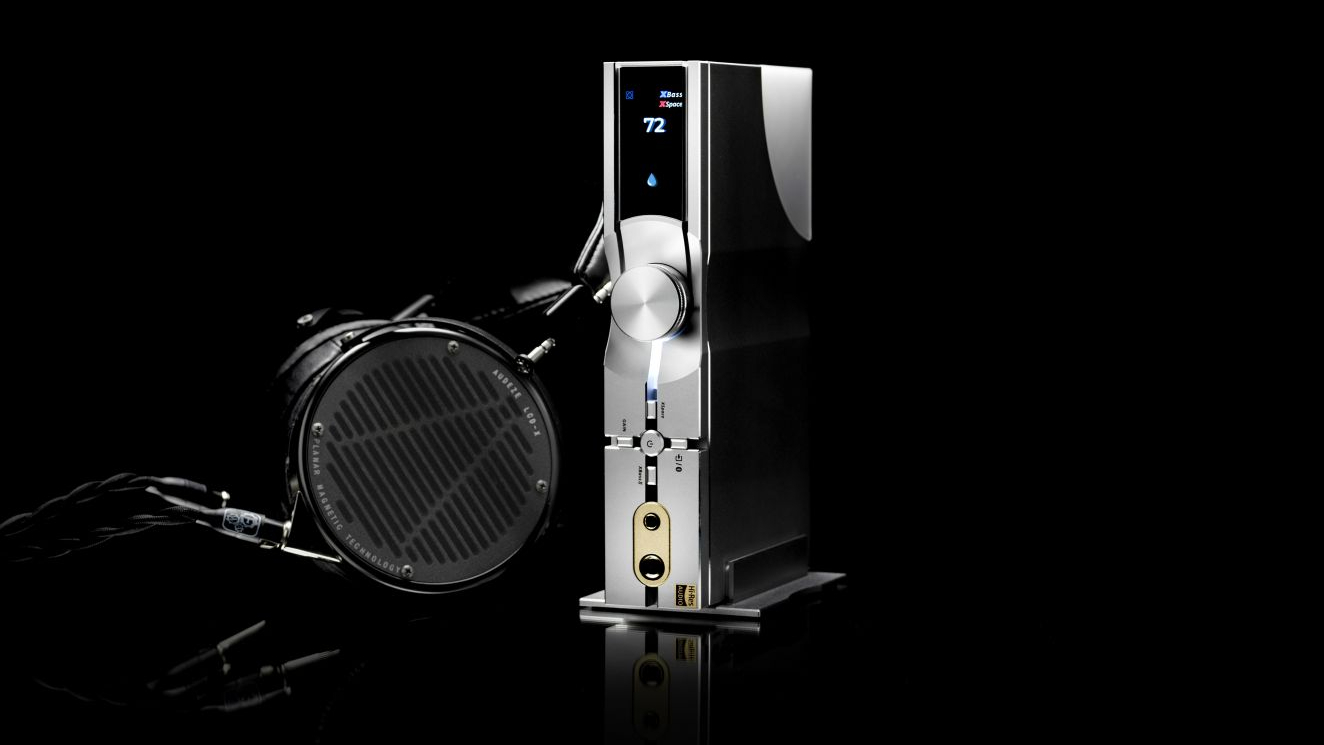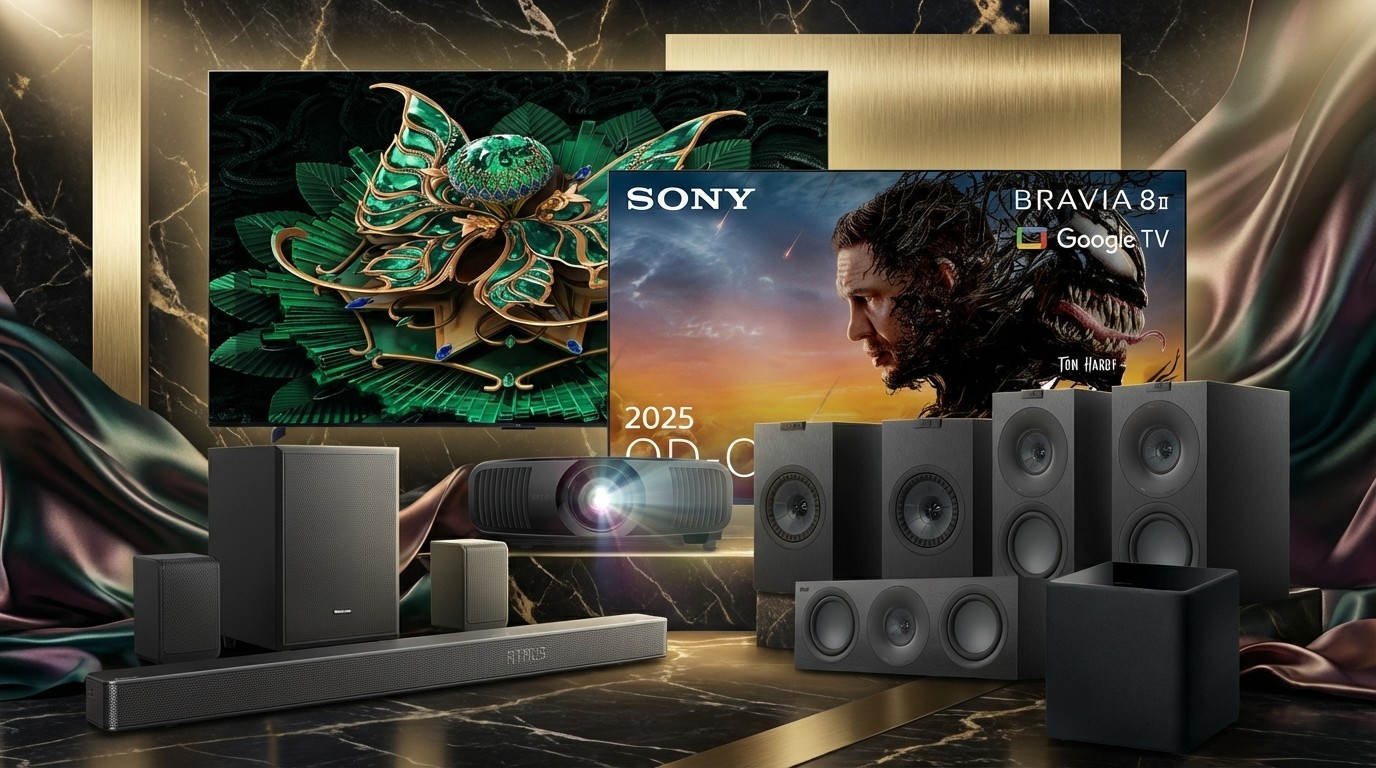iFi’s new DAC and headphone amp ups its audio game with aptX Lossless Bluetooth
The Neo iDSD 2 is a small unit with a big spec sheet

Three years on from the first Neo iDSD DAC-cum-headphone amp, a sequel is finally ready to launch. With a raft of new features and upgrades, including extensive support for numerous formats alongside and a raft of physical connections, the Neo iDSD 2 also claims to be the world’s first DAC that can support aptX Lossless Bluetooth (provided you have a pair of headphones decent enough to support it).
According to iFi, "it is the only DAC that can deliver...lossless sound over both wired and Bluetooth connections, to the maximum specification that any source device will allow." We've had a taste of how brands and manufacturers have attempted to implement aptX Lossless via Bluetooth (essentially CD-quality audio transmitted via a Bluetooth connection), so we're interested to see how iFi executes it here.
Redesigned from the inside out, the high-end DAC sports a reimagined headphone amp capable of delivering more than 5,550mW into 32 ohms from its balanced 4.4mm output. The new model also boasts an analogue circuit designed to reduce noise and crosstalk through the signal path.
Audio support is extensive, with the Neo 2 supporting PCM data up to 32-bit/768kHz and all levels of DSD. Thanks to the DAC chip’s four-channel design, the PCM and DSD formats take separate pathways and so can remain in their respective native forms before being converted to an analogue signal. MQA support is also available for files up to 384kHz.
The Neo utilises three operational modes and can be used as a pure DAC with a fixed-level analogue output or can operate as a DAC/preamp with a variable output for, say, connecting directly to a power amp or active speakers. Headphone users, meanwhile, will have access to the Neo's amp stage.

In terms of connectivity, the NEO iDSD 2 provides USB-B, optical and coaxial digital inputs, plus a 3.5mm analogue input, meaning up to four devices can be connected simultaneously, plus a fifth via Bluetooth. At the front, there's a standard 6.3mm headphone jack and a 4.4mm output, whereas around the back, single-ended RCA outputs are accompanied by balanced XLR sockets to connect the Neo iDSD 2 to an amp and/or speakers.
Externally, there's a rotary control for ease of use and a new two-inch colour display which shows information such as audio format, sample rate, volume level, input mode and settings. There's a remote handset, too, although you can use the iFi Nexis app, compatible with Android and iOS, if you prefer.
The latest hi-fi, home cinema and tech news, reviews, buying advice and deals, direct to your inbox.
If you wish to tailor your listening experience, the Neo iDSD 2 offers further tuning options to the original Neo iDSD’s catalogue. The DAC stage offers four digital reconstruction filters - Standard, Bit Perfect, Minimum Phase and GTO (Gibbs Transient Optimised) - which can be selected via the main menu.
The headphone amp, meanwhile, handles four gain settings consisting of Normal (0dB), Turbo (+8dB), Nitro (+16dB) and an IEMatch attenuation mode (-12dB) for using sensitive in-ear monitors. Better still, further analogue processing modes provide even greater personalisation options.
With the iDSD 2, iFi is promising a definitive DAC-cum-headphone amp combo that should be the only product of its type that you'll ever need, delivering music in "full effect" to "ensure you experience everything".
The Neo iDSD 2 will be available from selected retailers from October at a price of £899 / $899 / AU$1,950.
MORE:
Best headphone amplifiers: boost your personal listening
And these are the best DACs: USB, desktop and portable devices
Read our review of the dinky iFi Go Link
I tried aptX Lossless Bluetooth – and yes, we can all look forward to it (with caution)

Harry McKerrell is a senior staff writer at What Hi-Fi?. During his time at the publication, he has written countless news stories alongside features, advice and reviews of products ranging from floorstanding speakers and music streamers to over-ear headphones, wireless earbuds and portable DACs. He has covered launches from hi-fi and consumer tech brands, and major industry events including IFA, High End Munich and, of course, the Bristol Hi-Fi Show. When not at work he can be found playing hockey, practising the piano or trying to pet strangers' dogs.
